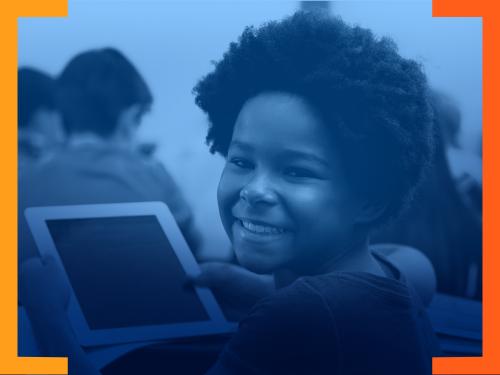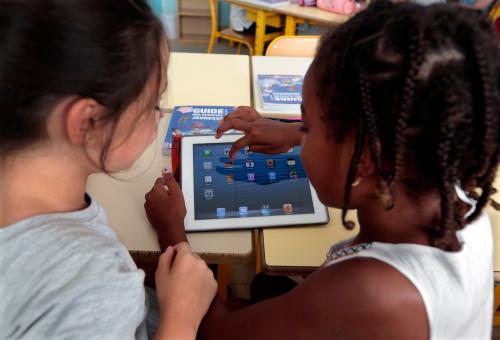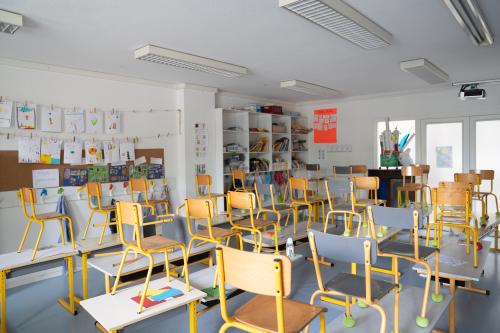In less than a single second, you can find half a billion Google hits for “learning loss Covid!” As we pass the first anniversary of remote learning and school closures, parents and policymakers are terrified of the pending learning loss from schools’ closed doors and the switch to virtual reading, writing, and math lessons.
As children moved from mortar and brick to remote classrooms, screen time also went up by as much as 50 percent. And with it came a boom for the educational app market, with companies like Apple and Google reporting increases of more than 180 billion collective app hours during the summer of 2020–25 percent gains over the year before.
These statistics raise questions about whether the popular apps currently in use can offer a life raft for the lost school time–at least for young children. Put more bluntly, “Are educational apps really educational?” In 2015, our paper “Putting Education in ‘Educational Apps’” addressed this question. Culling the collective knowledge about how children best learn from the loosely connected fields of psychology, neuroscience, linguistics, and computer science now bundled under the umbrella of the science of learning, we noted four consensus-driven pillars that support strong outcomes. Children learn best when they are active (minds on), not on autopilot; engaged not distracted; when the content being learned is meaningful; and when they are socially interactive. We can put education into educational apps if they are designed to maximize how human brains learn. But are apps optimally designed to help children learn?
Our new February 2021 article suggests that they are not. We codified the science and asked whether the top 100 downloaded apps meet these learning criteria. Published in the Journal of Children and Media, our work led by Marisa Meyer and Dr. Jenny Radesky scored how well each popular “educational” app met critical consensus by scaling each pillar from 0 (low quality) to 3 (high quality). Rather than being “minds on,” we found that most apps had simple cause-and-effect tasks that didn’t require strategic thinking from the child (think of matching colors or popping bubbles). Many apps were full of disruptive ads that popped up out of nowhere and gimmicky rewards that had nothing to do with the underlying learning goal.
Whether free or paid, the takeaway is that apps in the marketplace generally scored 1s, suggesting they are often repetitive, distracting, not meaningful, and with little or no space for children and parents to play together. Free apps scored even lower on the engagement pillar due to frequent disruptive advertising, irrelevant rewards, and visual and sound effects that prevent children from maintaining attention.
To be sure, there is ample research that educational apps can be a boon for learning, even for preschool children. Bedtime Math and Math Talk are among the outstanding apps in early STEM learning that meet all of the learning criteria. Similar programs exist for literacy and for social-emotional learning. And these are just a few of the many hidden gems that are not getting the most downloads or priority positioning in the app stores.
The bottom line is that if done well, “educational apps” can be educational and can hold tremendous promise as digital lifeboats for COVID learning loss. To date, however, most of the billions of apps downloaded during this global crisis have not lived up to their educational potential. Perhaps if educators, scientists, and developers work together, we can create a new wave of digital products that fully meet their enormous potential.
The Brookings Institution is committed to quality, independence, and impact.
We are supported by a diverse array of funders. In line with our values and policies, each Brookings publication represents the sole views of its author(s).











Commentary
Looking for an educational life raft? Apps may not be the answer
March 22, 2021